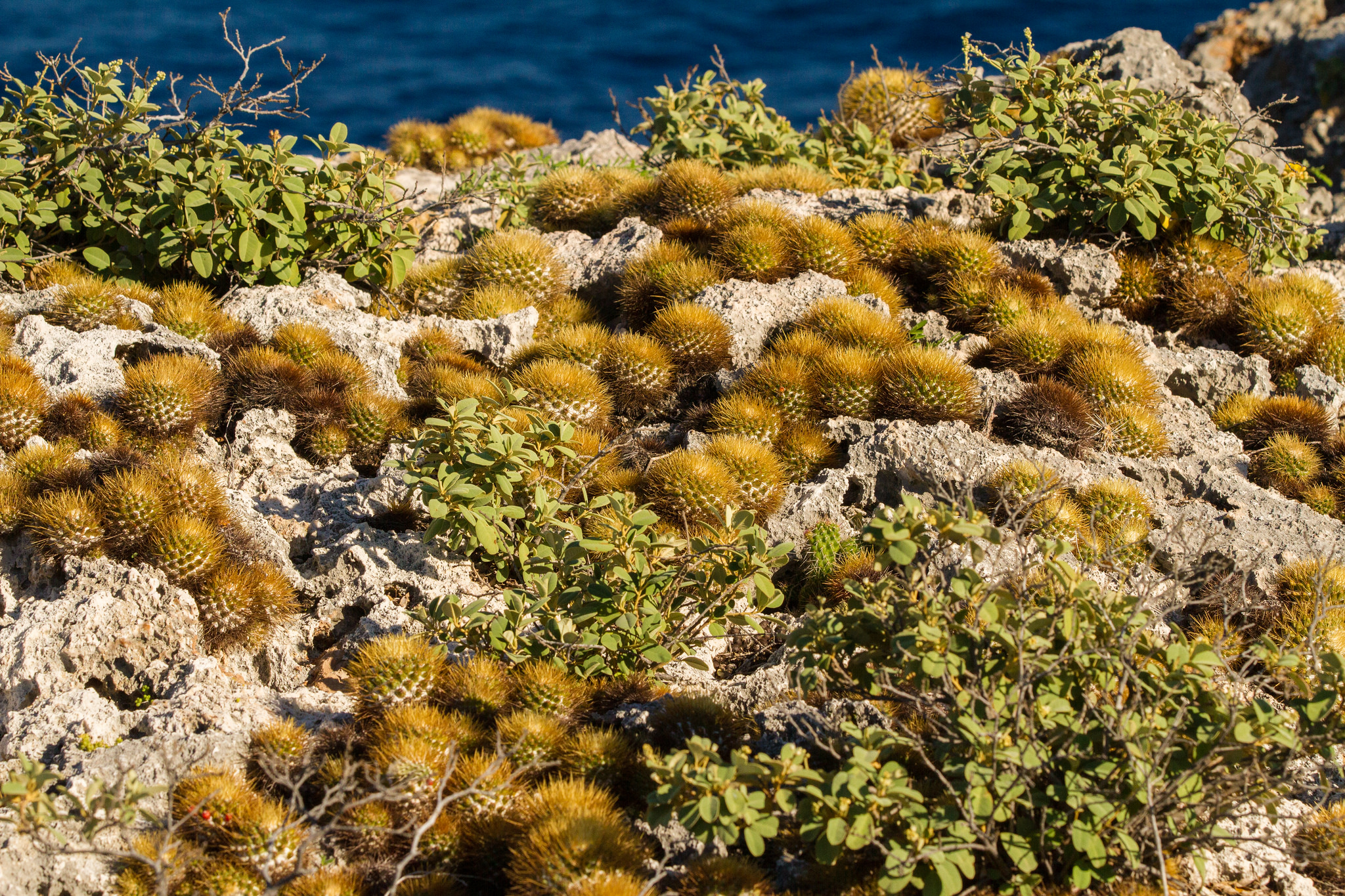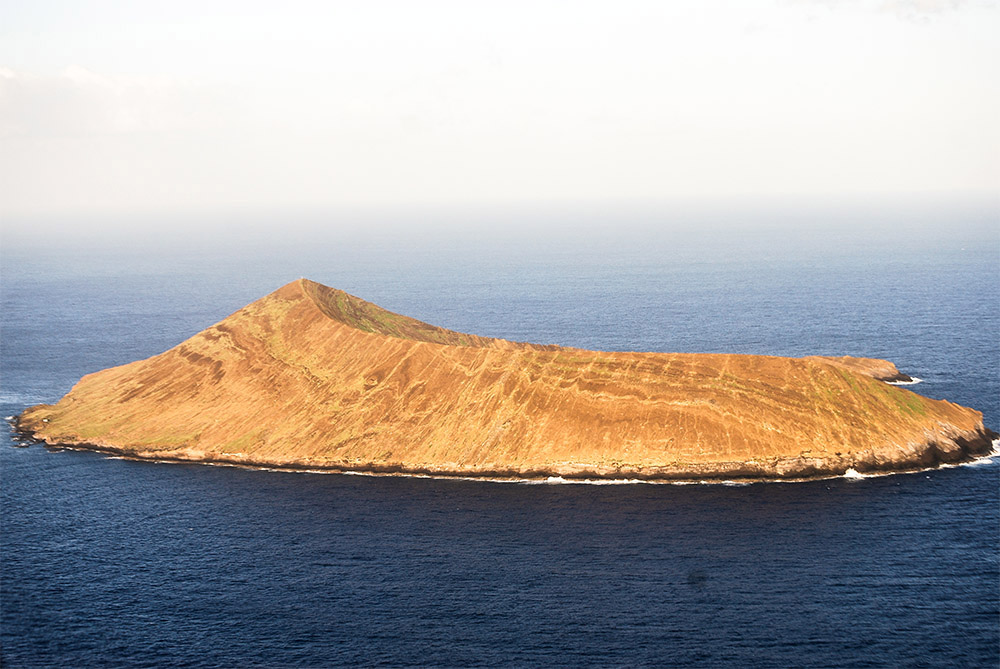August 28, 2025
Half a Decade of Biodiversity Wins on Lord Howe Island
A new paper reveals the benefits of holistic restoration on Australia's Lord Howe Island!
We use cookies to help you navigate efficiently and perform certain functions. You will find detailed information about all cookies under each consent category below.
The cookies that are categorized as "Necessary" are stored on your browser as they are essential for enabling the basic functionalities of the site. ...
Necessary cookies are required to enable the basic features of this site, such as providing secure log-in or adjusting your consent preferences. These cookies do not store any personally identifiable data.
Functional cookies help perform certain functionalities like sharing the content of the website on social media platforms, collecting feedback, and other third-party features.
Analytical cookies are used to understand how visitors interact with the website. These cookies help provide information on metrics such as the number of visitors, bounce rate, traffic source, etc.
Performance cookies are used to understand and analyze the key performance indexes of the website which helps in delivering a better user experience for the visitors.
Advertisement cookies are used to provide visitors with customized advertisements based on the pages you visited previously and to analyze the effectiveness of the ad campaigns.

A new study published in Proceedings of the National Academy of Sciences reports that invasive predators have contributed to close to 60% of extinctions of birds, mammals, and reptiles.
The International Union for the Conservation of Nature classified 596 species listed as Vulnerable, Endangered, or Critically Endangered due to invasive species. The actual number is believed to be higher and the study indicates that the threat of invasive species to biodiversity generally was previously underestimated.
The research also revealed that island species with high evolutionary distinctiveness are most vulnerable to invasive species impacts. 81% of species threatened by invasive predators are found only on islands.
Management of invasive predators on islands should be a global conservation priority.

Feral cats and rats combined threaten 850 species. Invasive mice are also eroding ecological health on islands. Though small, invasive mice have been documented eating seabird chicks alive while the mother is away searching for food. Feral dogs, pigs, Indian mongooses, red foxes, and stoats are also highly destructive invasive species. Once introduced to an environment, these large invasives can do a lot of damage in very little time.
Invasive species threaten not only individual animals but also entire ecosystems. The presence of invasive species can drastically alter interspecies interactions–upsetting predator-prey balances, vegetation composition, and nutrient cycles.
The decline and extinction of native species due to invasive predators can have impacts that cascade throughout entire ecosystems.

The researchers advocate for a variety of conservation methods, including predator-proof fencing, improved land management, restoration of native top predators, and invasive species removal. Island Conservation is on the leading edge of invasive species management. We protect the world’s most vulnerable and rare species by restoring island ecosystems.

In an age of globalization, where the spread of organisms happens all too easily, invasive species management and biosecurity should be top conservation priorities. We can put operations in place to mitigate the destruction of island ecosystems and the erosion of global biodiversity. With continued efforts, there is hope for the world’s most threatened species.
Featured photo: Tutururu on Tenararo Island, French Polynesia. Caroline Blanvillain
Check out other journal entries we think you might be interested in.
Notifications